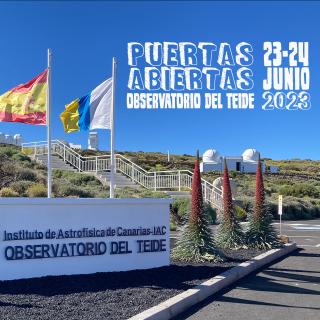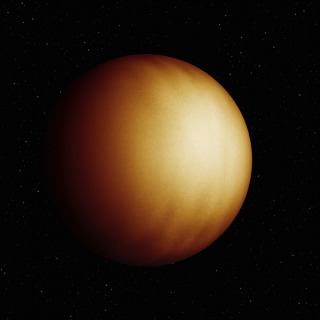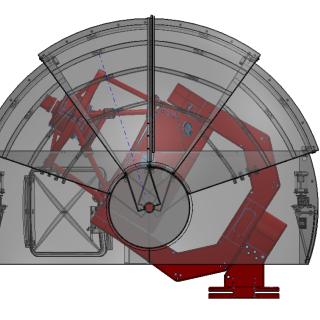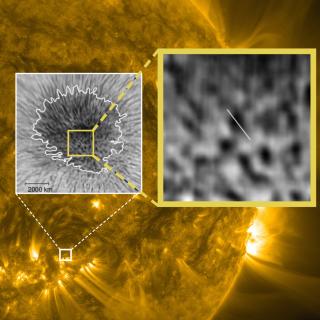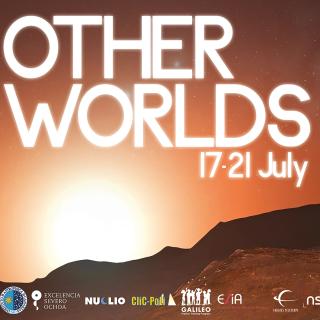
The "Astronomy Education Adventure in the Canary Islands 2023" will take place in Tenerife from 17 to 21 July and will mainly focus on research on the Solar System and extrasolar planets, highlighting the work carried out at the IAC and the Observatories of the Canary Islands. The Instituto de Astrofísica de Canarias (IAC), together with other scientific and educational institutions, is organising the ninth edition of the "Astronomy Education Adventure in the Canary Islands" (AEACI). Under the title "Other Worlds", the latest discoveries and advances in research on extrasolar planets, the
Advertised on
